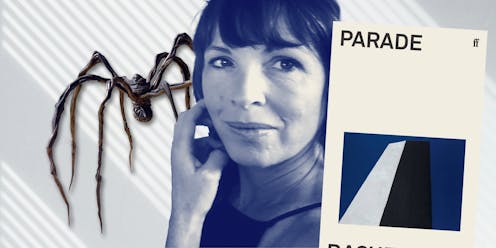Rachel Cusk’s most radical novel yet makes the familiar strange – and moves beyond womanhood
- Written by Jane Gleeson-White, Adjunct Lecturer, English and Creative Writing, UNSW Canberra, UNSW Sydney

Rachel Cusk’s new novel conjures myriad acts of creation – of lives and of art. It explores the violence creation entails and the possibilities it opens. Her twelfth novel, Parade[1] is concerned with artists, with mothers and children, and with place: material, psychological, historical, cosmic.
This is familiar terrain. But, as ever with Cusk’s writing in all its forms – fiction, memoir, essay – she renders the familiar strange in ways that force us to see it anew. Perhaps this is the best way to describe, or to recognise, the operations of art in a world continually in the throes of collapse and transmutation. It’s certainly the way Cusk presents the work of “G” at the outset of this novel:
At a certain point in his career the artist G, perhaps because he could find no other way to make sense of his time and place in history, began to paint upside down. At first sight the paintings looked as though they had been hung the wrong way round by mistake, but then the signature emblazoned in the bottom right-hand corner clearly heralded the advent of a new reality. His wife believed that with this development he had inadvertently expressed something disturbing about the female condition […]
Review: Parade – Rachel Cusk (Faber)

















